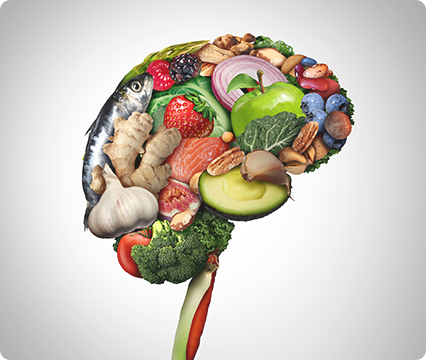Socio-economic status modulates the link between vagal tone and chocolate consumption

Socioeconomic status (SES) is known to be associated with eating patterns; however, the biological processes underlying this link are not fully understood.
Socioeconomic status and eating behavior patterns : Exploring the connection
This study by Weick & Vasiljevic (2025) explores how SES influences the connection between vagal tone, a physiological indicator of self-control, and chocolate consumption. Competing theories about the relationship between socioeconomic status (SES), vagal regulation, and eating habits were tested in a laboratory experiment involving a socioeconomically diverse sample of students (n = 96). Researchers measured vagal tone by assessing heart rate variability (HRV–HF) both at rest and during acute stress. A simulated taste test was used to measure chocolate consumption. The findings revealed that SES interacted with vagal tone in predicting chocolate consumption, for participants with higher socioeconomic status (SES), greater vagal tone was associated with consuming less chocolate. In contrast, among individuals with lower socioeconomic status (SES), vagal tone did not significantly relate to chocolate intake, indicating a disconnect between physiological regulation and eating behavior in this group. These results underscore the role of autonomic regulation in shaping socio-economic differences in dietary behavior. [NPID: Socio-economic status, vagal tone, heart rate variability, self-regulation, eating, food consumption]
Year: 2025
 Navigation
Navigation








